This is an end-of-the-month collection of images, none of which has had a posting of its own.
Each winter, we hope to see irruptive species, birds whose southward migration is sufficiently erratic that on any given year they may or may not appear. There are perhaps a dozen-and-a-half such species that one sees only every so often. This has not been a good year to see irruptive species. I saw a flock of Pine Siskins last November, a half-dozen Bohemian Waxwings this month, and this lone Pine Grosbeak. Slim pickings, indeed, for this winter.
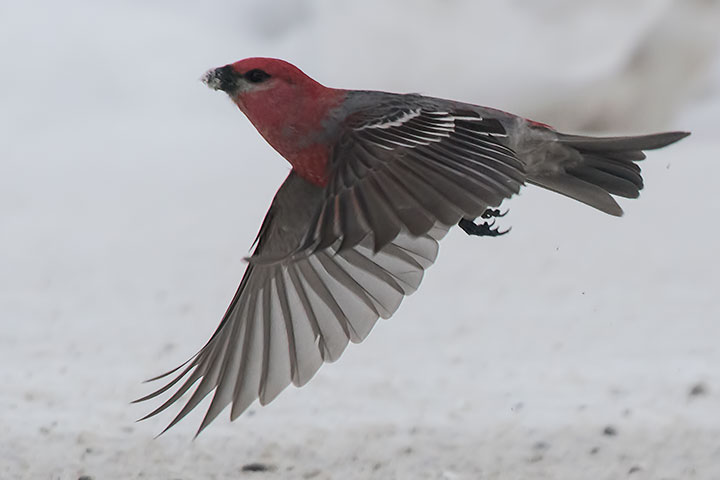
The Belted Kingfisher is a permanent resident and a frequent visitor along the lakeshore.
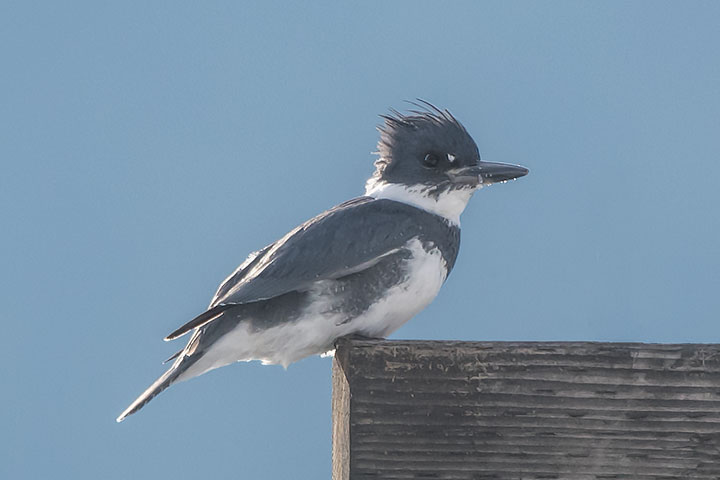
I see a Pileated Woodpecker maybe once a month, but I cannot recall seeing two together before. The one on the left is an adult, but the dark eye of the one on the right indicates that it is a juvenile.
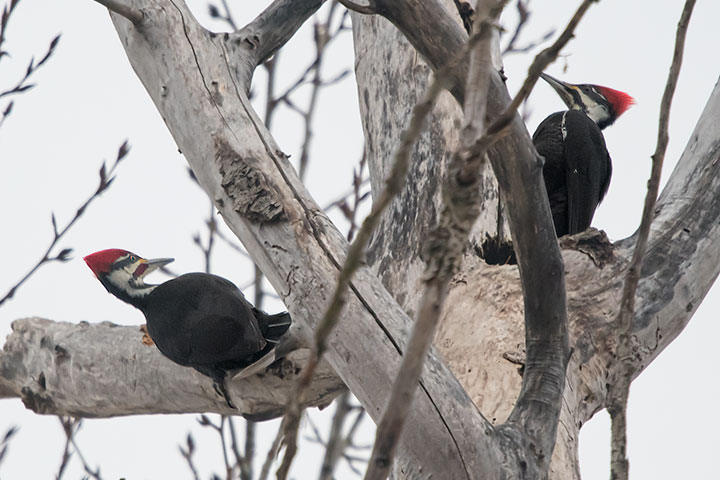
At only a tenth the weight of the Pileated is the Downy Woodpecker. It is not seen as often.
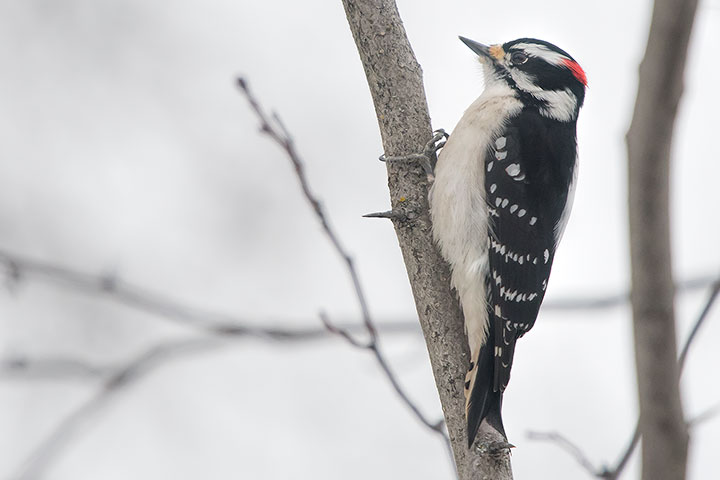
Throughout a year, I see many birds and mammals and many of their young. Yet, I rarely have seen a dead animal. I guess that nature normally cleans them up quickly. This dead Long-tailed Weasel could not have been cleaned up by nature until it was first fished out a toilet where it had drowned.
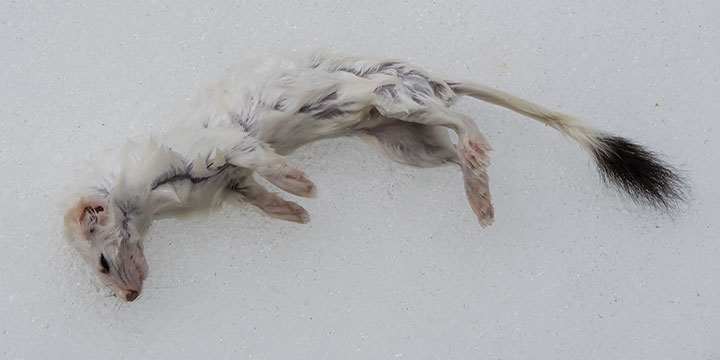
Distinctly more alive is this female Bighorn Sheep.
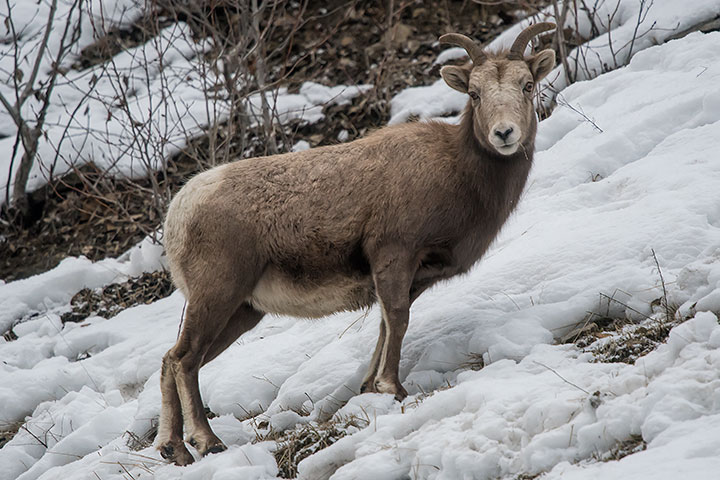
In late January a year ago, I managed to get a picture of Double-crested Cormorant expressing itself (Now hear this). It has happened again.
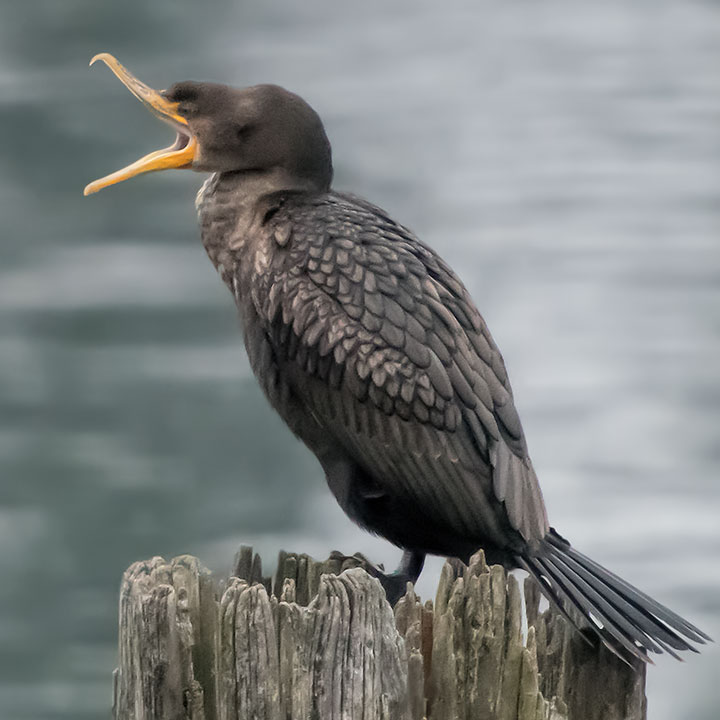

Where on the lake did you spot this Cormorant, Alistair?
Wendy